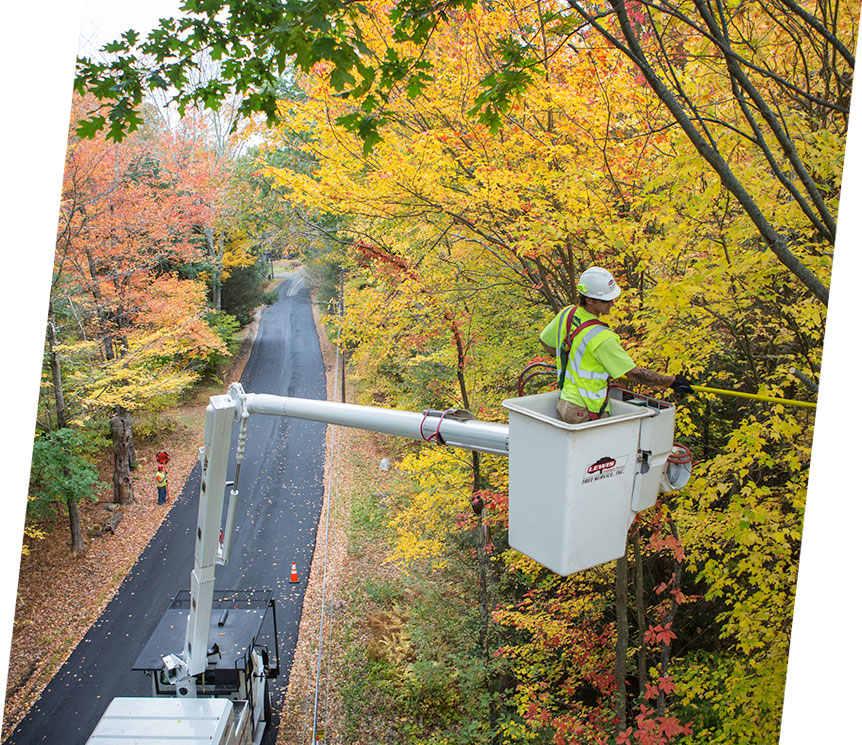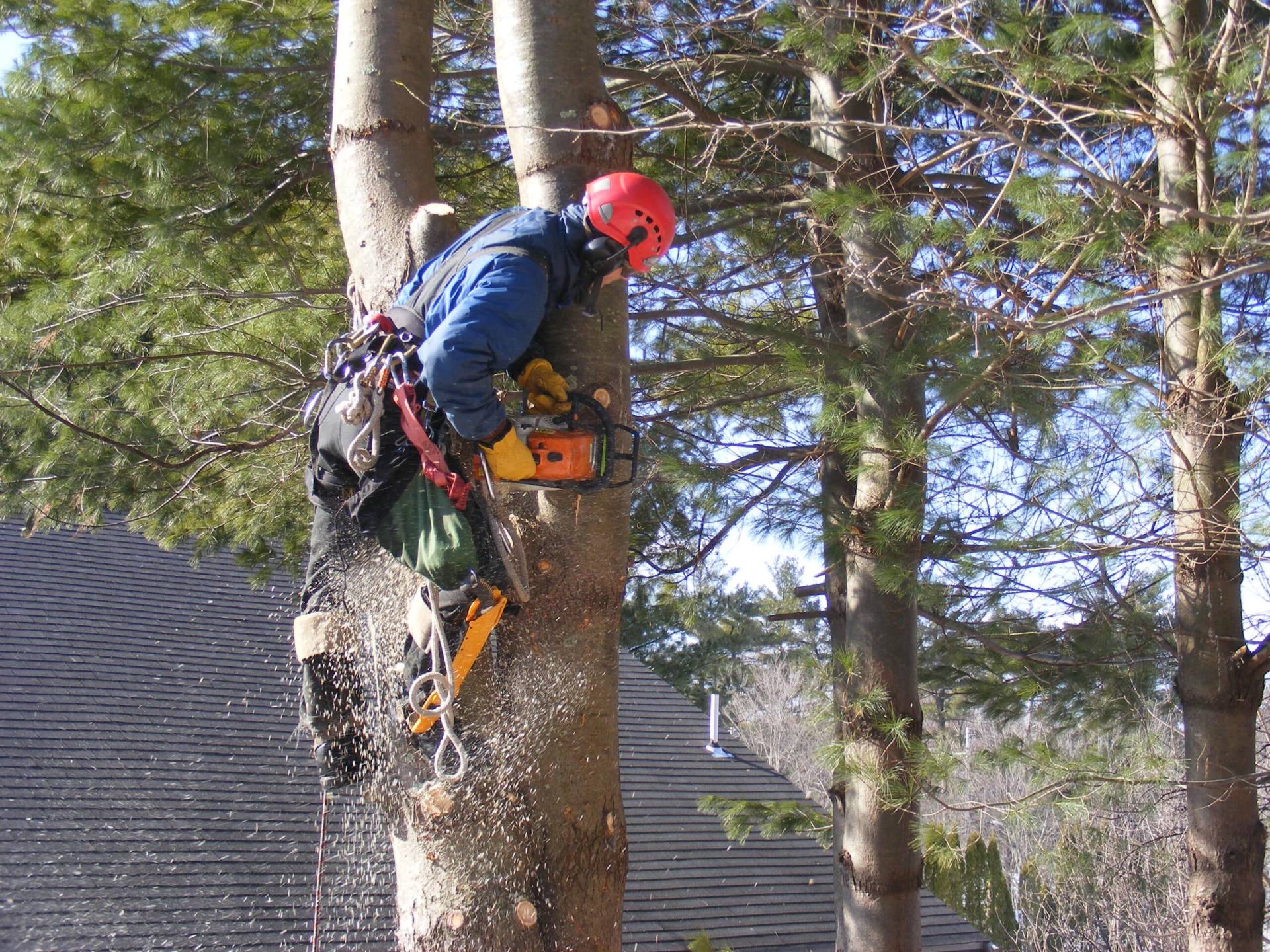Recognizing the Importance of Tree Preservation and Conservation Practices in Urban Areas
In the dynamic landscape of metropolitan settings, trees frequently stand as silent guardians, giving a wide range of advantages that extend far past their aesthetic appeal. As we explore the intertwined fabric of ecological, social, and economic benefits that urban trees provide, it comes to be obvious that their conservation is essential for the well-being of existing and future generations.
Ecological Benefits of Trees in Cities
Trees in metropolitan locations play a vital function in supplying various environmental benefits, adding to the overall health of city slicker. One considerable advantage is the improvement of air top quality. Trees serve as all-natural filters, absorbing contaminants such as carbon monoxide gas, sulfur dioxide, and nitrogen dioxide, and releasing oxygen right into the environment. This process aids lower the focus of dangerous gases, making the air cleanser and much healthier for citizens.

Furthermore, trees add to water monitoring by decreasing stormwater overflow and soil disintegration. Their origin systems absorb excess water, protecting against flooding and filtering toxins prior to they get to water bodies. This natural procedure aids preserve water top quality and secures aquatic ecosystems in city locations. In general, the environmental benefits of trees in cities are crucial for producing habitable and sustainable metropolitan settings.
Social Relevance of Urban Tree Conservation
In contemporary urban landscapes, the preservation of trees holds significant social significance for cultivating neighborhood wellness and boosting top quality of life. Urban tree preservation plays an important duty in developing rooms for social interaction and area interaction.

Economic Worth of Tree Preservation
The preservation and conservation of city trees offer substantial financial advantages that add to the overall economic health of neighborhoods and cities. Urban trees give a wide variety of financial benefits that positively impact local economic situations. One significant economic advantage of tree conservation is the increase in residential property values. Trees improve the visual appeal of neighborhoods, bring about higher building values and bring in potential customers or renters. Furthermore, metropolitan trees help lower power costs by supplying color in the summer season and serving as windbreaks in the wintertime, consequently decreasing the demand for home heating and cooling down systems.
In addition, trees play an important role in minimizing stormwater runoff and mitigating the results of click to read more flooding, which can lead to price financial savings for cities in terms of infrastructure maintenance and repair service. Urban trees also add to enhanced air top quality by soaking up toxins and releasing oxygen, site web leading to prospective cost savings in medical care costs connected with respiratory ailments. By identifying and spending in the financial value of tree preservation, cities can advertise sustainable advancement, improve quality of life, and create more durable metropolitan settings.
Approaches for Sustainable Urban Tree Monitoring
A thorough method to sustainable urban tree management entails integrating diverse strategies that prioritize long-lasting ecological health and wellness and area health. Carrying out tree inventories and analyses is important to comprehend metropolitan tree populations, their wellness, and maintenance demands. Regular trimming, watering, and mulching are crucial practices to make sure tree vitality. Furthermore, taking on tree growing programs that concentrate on indigenous and climate-resilient types can improve city biodiversity and sustainability.
Area interaction plays an essential role in sustainable metropolitan tree management. Enlightening locals regarding the benefits of trees, organizing tree growing events, and entailing volunteers in tree treatment activities promotes a feeling of ownership and stewardship. Cooperation between local government, ecological companies, and homeowners is key to creating and applying efficient tree monitoring plans.
Buying green framework, such as urban forests and green roof coverings, can offer multiple benefits, including enhanced air quality, stormwater management, and city warm island mitigation. tree removal. Integrating trees right into city preparation and layout processes makes certain that trees are valued as essential elements of a healthy and resistant urban setting
Community Participation in Tree Preservation
Community involvement is a basic component in promoting lasting urban tree monitoring methods and ensuring the long-lasting health and conservation of metropolitan tree populations. Involving the community in tree conservation efforts can bring about raised recognition, appreciation, and stewardship Discover More of trees within city areas. When locals proactively participate in tree conservation, upkeep, and growing initiatives, they establish a sense of ownership and pride in their local atmosphere.
Area involvement also advertises social communication and collaboration among citizens, neighborhood authorities, and environmental organizations, fostering a common duty for metropolitan tree conservation. By organizing tree planting occasions, educational workshops, and volunteer possibilities, neighborhoods can function together to enhance the city tree canopy and produce greener, much healthier cities.
Verdict
To conclude, city tree preservation and preservation methods play a critical duty in enhancing the ecological, social, and economic well-being of cities. By recognizing the value of trees in metropolitan areas and applying lasting management strategies, communities can enjoy the many benefits that trees supply. It is imperative for stakeholders to proactively get involved in tree preservation efforts to ensure a greener and healthier urban atmosphere for present and future generations.
